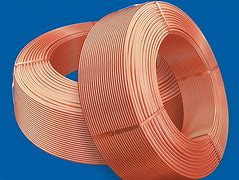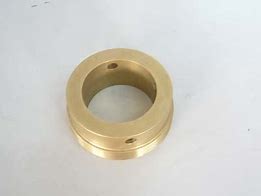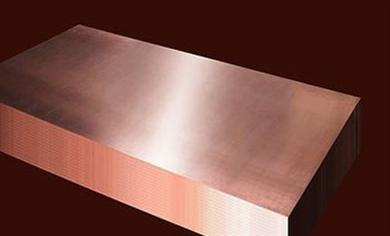**Mixing Metals: A No-Sweat Guide to Connecting PEX and Copper Like a Pro**
(How To Use Pex Pipe With Copper)
Plumbing projects can feel like solving a puzzle. You’ve got PEX tubing—flexible, colorful, and modern—and copper pipes, the old-school heavyweight. Getting them to work together sounds tricky. But guess what? It’s easier than you think. Let’s break it down step by step.
First, know your materials. PEX is that bendy plastic tubing you see in home stores. It’s cheap, resists freezing, and doesn’t corrode. Copper pipes? They’re classic. Durable, heat-resistant, and trusted for decades. The catch? They don’t naturally “click” together. You need the right connectors to make them friends.
Grab your tools. You’ll need a PEX cutter, copper pipe cutter, deburring tool, adjustable wrench, and either crimp rings with a crimping tool or push-to-connect fittings. Pick your method upfront—crimping is budget-friendly but needs practice. Push fittings? They’re pricier but foolproof for beginners.
Start by cutting the pipes. For PEX, use the specialized cutter. A clean, straight cut matters. For copper, use the pipe cutter. Spin it around the pipe until it snaps. Then, deburr the copper edge. Rough edges can mess up seals or cause leaks.
Now, prep the copper. If the pipe is old, clean it with emery cloth. Oxidation or dirt can weaken the connection. Shine it up until it looks new. For PEX, just wipe it down. No special treatment needed.
Time to connect them. Let’s say you’re using crimp rings. Slide a ring onto the PEX first. Then, attach a brass PEX-to-copper adapter. Push the PEX onto the adapter’s barbed end until it stops. Move the crimp ring up, centered over the connection. Squeeze the crimping tool around the ring. Check for a solid, even crimp.
If you chose push fittings, it’s even simpler. Push the PEX into one side of the fitting until it clicks. Slide the copper pipe into the other side. Done. No tools, no sweat.
Test your work. Turn the water back on slowly. Check for leaks. If you spot a drip, shut off the water and redo the connection. Maybe the crimp wasn’t tight enough, or the copper wasn’t clean.
Why mix these two? PEX is great for long runs or tight spaces. Copper handles high heat, like near water heaters. Combining them lets you use the best of both. Just remember—keep copper away from direct sunlight. PEX? It’s fine in the sun but hates UV rays long-term.
A few pro tips. Label your pipes. Use colored tape or markers. It saves headaches later. Leave some slack in PEX lines. They expand and contract with temperature changes. For copper, support it with hangers every 6 feet.
Watch out for mistakes. Don’t mix different brands of fittings. They might not seal right. Don’t reuse crimp rings—always use new ones. And never skip the deburring step on copper. It’s quick but crucial.
Still nervous? Practice on scrap pieces first. Get a feel for the tools. Once you’re confident, tackle the real project.
(How To Use Pex Pipe With Copper)
Mixing PEX and copper isn’t magic. It’s about using the right parts and taking your time. Whether you’re fixing a leak or redoing a bathroom, this combo works. No fancy skills needed—just patience and a little elbow grease. Next time someone says “PEX and copper don’t mix,” you’ll know the truth. They’re the ultimate plumbing power couple.
Inquiry us
if you want to want to know more, please feel free to contact us. (nanotrun@yahoo.com)



